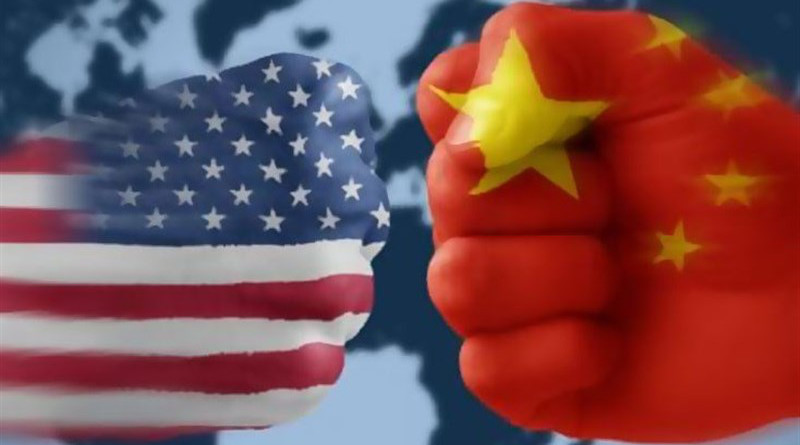US (Transatlantic Today) – Decoupling, reducing the number of resources used to create economic growth, is helpful for every economy… but the United States Is particularly interested in limiting its dependence on China’s resources over the past few years. De-coupling started under the Trump administration, but the idea has gained additional traction under Biden.
The COVID-19 pandemic has put a strain on the United States’ relationship with China, in addition to human rights violations in Xinjiang. Washington officials made a statement by boycotting the 2022 Winter Olympics, which are to be held in Beijing. The United States’ stance on the Chinese government shows ever elevating hostility between nations.
The United States cannot simply stop relying on China, though, for foreign policy’s sake. Decoupling from China is not a small task. It requires restructuring the American economy, a process that takes years and results in billions of dollars in trade losses by ceasing trade with China.
In June 2021, the White House devised a comprehensive plan to revise foreign policy with China and make the United States a stronger authority in the global supply chain. The Innovation and Competition Act of 2021 was passed in effort to research and develop semiconductors in America. China currently produces 50% of semiconductors. This law would make a significant impact on America’s financial independence and could be a first step in achieving decoupling.
Humans’ rights issues in China only complicated already tense relations between the two countries. “Decoupling” is a vague term, but there should be no mistake: it is a deliberate action to decrease and eventually halt the United State’s business with China.
India and Indonesia have surpassed China in the number of U.S. exports last year; however, imports from China are continuing to grow. In the short-term perspective on foreign trade policy, the United States is trending towards placing more emphasis on other trade partners.
Over the span of the Bush, Trump, and Biden Administrations, China strategically focused on gaining independence. Meanwhile, the United States continues to rely on China to an alarming extent. In technology alone, China dominates the U.S. market. But that isn’t the only sector the United States depends on them for. Healthcare, toy manufacturing, clothes, and more, are largely reliant on China’s manufacturers. According to a study done by Forbes., “China overtook the United States in 2010 to become the largest value-added manufacturer in the world, accounting for 28% of all global production by 2018.”
The numbers speak volumes. China invested in education, producing more STEM graduates than India, the United States, Japan, Germany, France, Italy and the U.K. combined. China’s insistence on being an independent nation led to tension between them and many European countries, as well. In a survey by the State of Southeast Asia, “61.5 percent would side with the U.S. over China.”
A Capital Economics report finds that China would lose more through decoupling than the U.S. would. This is due to the U.S. trade bloc trades with 114 out of 217 global economies, making its trading power stronger than any other country. However, business experts don’t believe there is merit in speculating. For now, the United States continues to do business with China, despite political tensions.


























